David Evans: With winter’s chilly grip upon us, I find I’m wearing a hat more. I’ve become very attached to a Christys Epsom fur felt snap-brim racing trilby. It’s not a name that trips lightly off the tongue, but it’s genuine rabbit fur and made in England. As you’d expect, the brim has the property of snapping into position up or down as your sartorial inclinations take you from day to day.
Christy’s Hats have been manufacturing hats for nearly 250 years and are still family-owned, selling under their own name and making hats in their Oxfordshire factory for other hat retailers. In their earlier days Christys was based in Stockport in Cheshire, one of 53 hatting firms there by the second half of the nineteenth century. By 1843 Christys was the largest hat and cap-making factory in the world, emptying 3000 local people.
I discovered Stockport’s part in the hat-making world earlier this year when I bought a beautiful vintage silk top hat on a certain online auction site. On the hatbox is a label, ‘J. Woodrow & Sons Ltd, Stockport’ – presumably one of the 53 hat-makers there at the height of the industry. Digging around for more information I found that Stockport’s hat museum, The Hat Works, offers not only vast amounts of information about the industry, but millinery courses as well. A place to visit, certainly, if you like hats. Stockport Museum is also home to ‘The Christy Collection’, an invaluable archive relating to a successful hat business.
Hat wearing is becoming more popular, but the problem of storage remains. Offices, cafés and restaurants used to have hat stands for not only headgear but also coats and umbrellas. These are rarer nowadays, but hopefully that will change with increasing hat use. A beanie or similar is easier to tuck away when not needed, but this convenience is nothing compared to the stylishness of a good fedora, trilby or Homburg.
Silk Top Hats
I recently visited Lock & Co, hat makers, in London’s St James’s. Here’s a store steeped in history; Lock & Co moved into the former coffee house in the late seventeenth century, having been founded nearly a century earlier nearby. It’s full of character; uneven floors, beams and oak panelling. The array of hats, dazzling white hatboxes and souvenirs of great Englishmen makes it a must to visit when you’re next in that part of town seeing your tailor, cigar merchant, perfumer, barber, vintner, gunsmith or watchmaker.
I was there to find out about top hats, as I’m wearing one to the Investec Derby in June. Usually found in black or grey, the modern topper is made from rabbit fur felt. However, until the middle of the last century the best black top hats were made of hatters’ plush, a soft silk with a long nap. A polished silk hat gleams with a deep glossy jet-black iridescence that looks quite magnificent. The silk plush was made in France but is sadly now unavailable. The story is that the mill where it was made was destroyed after a family argument, and all attempts to reproduce the silk since then have failed.
The modern fur felt black topper can be polished to some extent, but the result falls far short of the glory of a glossy bible-black silk hat. If you want one now you have to buy vintage. Head sizes have grown since early in the last century, so finding anything larger than size 7 becomes increasingly difficult. Larger silk top hats in excellent condition can cost hundreds if not thousands of pounds.
However, perseverance pays and I recently found a well-priced silk topper in size 7 1/8 which I’m planning to take to Lock & Co to be shaped. The instrument (a conformateur) used to shape a topper to one’s head is a beautiful wooden and brass piece of engineering. Top hat shaped, it’s made up of many different sections, which move to mark the shape of your skull on a small piece of card. That card is then used in another contraption called a brow, which, with the judicious application of heat, moulds the crown (which is stiffened with shellac) to your head.
The opportunities to wear one are limited, but ownership is a pleasure. Style your silk top hat with a black frock coat, striped trousers, spats, patent leather boots and a silver-topped cane.
Ancient Madder silk ties
Talking of silk, I love the paisley, florets and similar repeat patterns of traditional silk ties. Those with a slightly chalky feel and soft but rich colours ranging from complex reds, through mustard to forest green and navy blue, are usually made of ancient madder. Although it sounds like an ingredient in the Three Witches’ cauldron, it actually describes a process, still used in the UK, whereby white twill silk is screen-printed using dye from what was originally the madder plant.
After the designs are printed, they are steamed and washed. When dry, the printed fabric is cut into twelve-yard lengths for dipping into indigo dye. Stirred by hand for ten minutes, the fabrics are then spun dry and left to hang for fifteen minutes in order to oxidise. This process is repeated a further two times, after which the silk is washed. Throughout this process, the print colours of the design resist the indigo dye, so it is only the unprinted white areas that it covers; which is why no white will ever be seen on a madder silk fabric.
It is the whole handling process that adds to the softening of the silk, giving it the quality and texture we recognise as the madder finish, with the washing process subduing the colours and giving them their dusty, muted look. (I’m grateful to Steve Reid of Seaward & Stearn, who make ties in London, for his help with this piece).
Norfolk Jacket
I’ve been collaborating with bespoke tailor Brita Hirsch of Macclesfield to demonstrate the best of bespoke tailoring. There’s much confusion about the differences between bespoke and the much less costly made-to-measure. Bespoke describes the process whereby a tailor measures a client and makes a precise paper pattern from which the cloth is cut and tailored. Over several fittings, often-minute adjustments are made to achieve a perfect fit. The time involved, many days of work, makes this a costly process with Savile Row prices for a bespoke suit often exceeding £5000. Made to measure is cheaper. Here pre-existing patterns, or blocks, are altered to fit the customer. There tends to be fewer fittings and while a perfectly satisfactory fit can be achieved it will never be as perfect as bespoke. I’ve tried both and can confirm that the fit of a bespoke suit is superior to even the best made-to-measure. You get what you pay for.
In a previous Grey Fox column I visited the Outer Hebrides to see Harris Tweed being made. Harris Tweed Hebrides kindly gave me a length of cloth and Brita Hirsch and I have used this as a basis for our bespoke collaboration. I selected a Norfolk jacket as it’s a traditional design, highly practical and enables a good tailor to show the depth of her skills, from the constructing of bellows pockets, making an action back to allow arms and shoulders freedom of movement and showing how prefect hand-stitching produces a coat of great durability and superb fit. I’d found an image of a country gentleman with is dog and we used his stylish jacket as inspiration. At the time of writing we are at an advanced fitting stage, but the coat, with its beautiful Adamley silk lining and Harris Tweed exterior is a piece of tailoring genius. I’ll show it off in a future column. It will be used for dog walks and expeditions in the woods and fells of our beautiful country. www.greyfoxblog.com

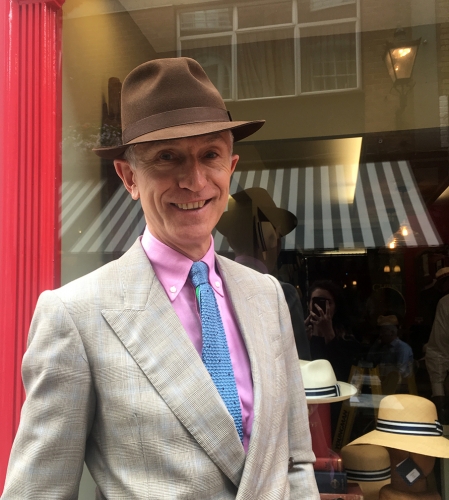

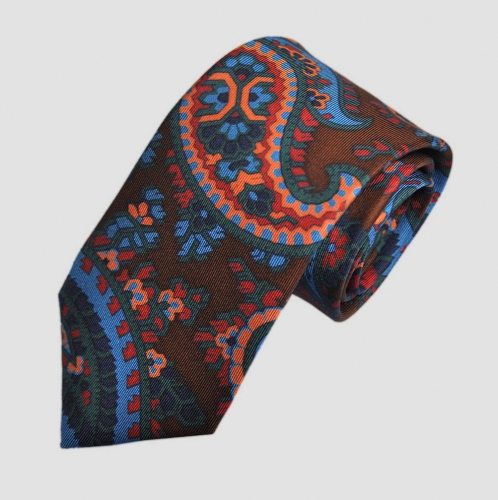

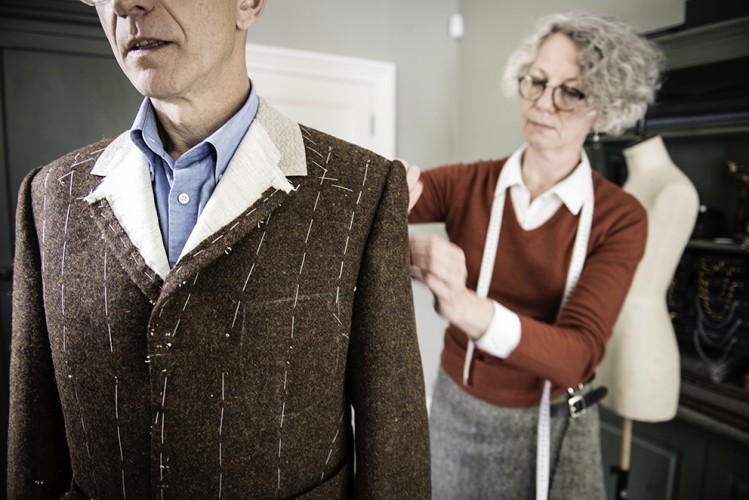

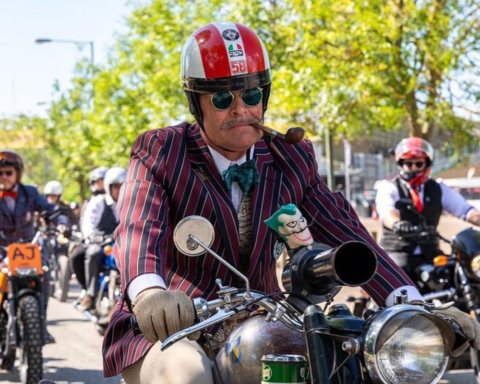
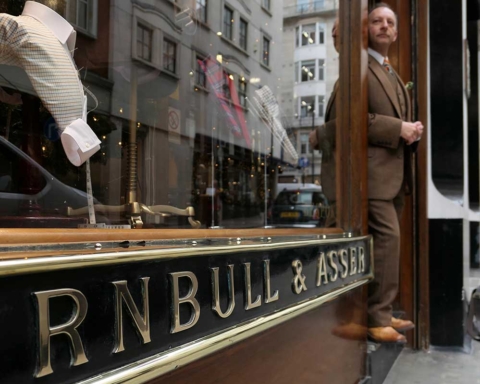
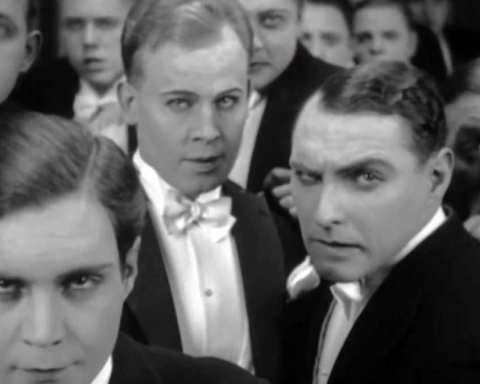

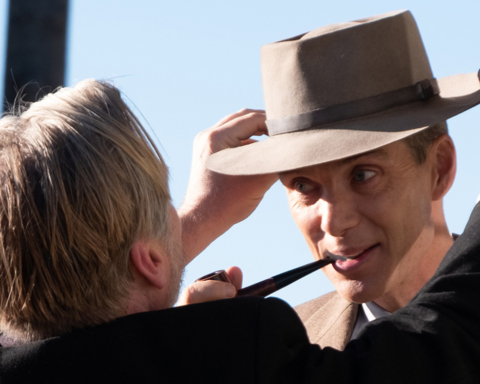
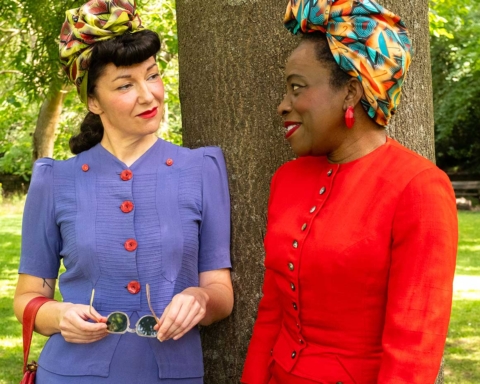
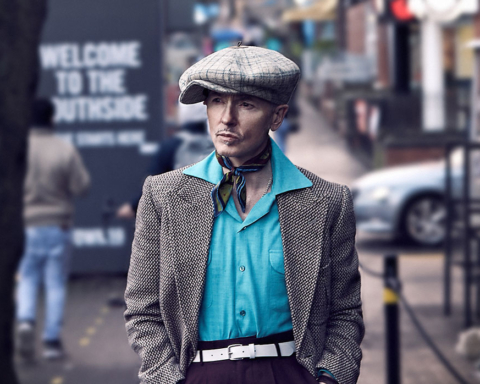
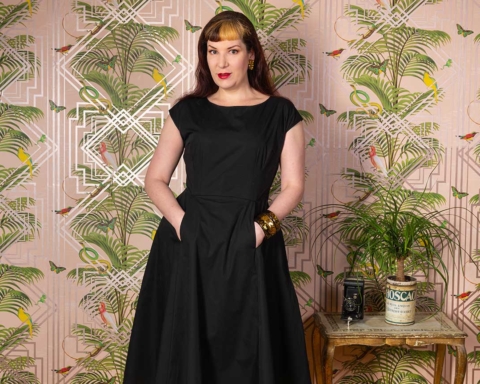
Thank you Lynn!!! Isn’t she so cool!!